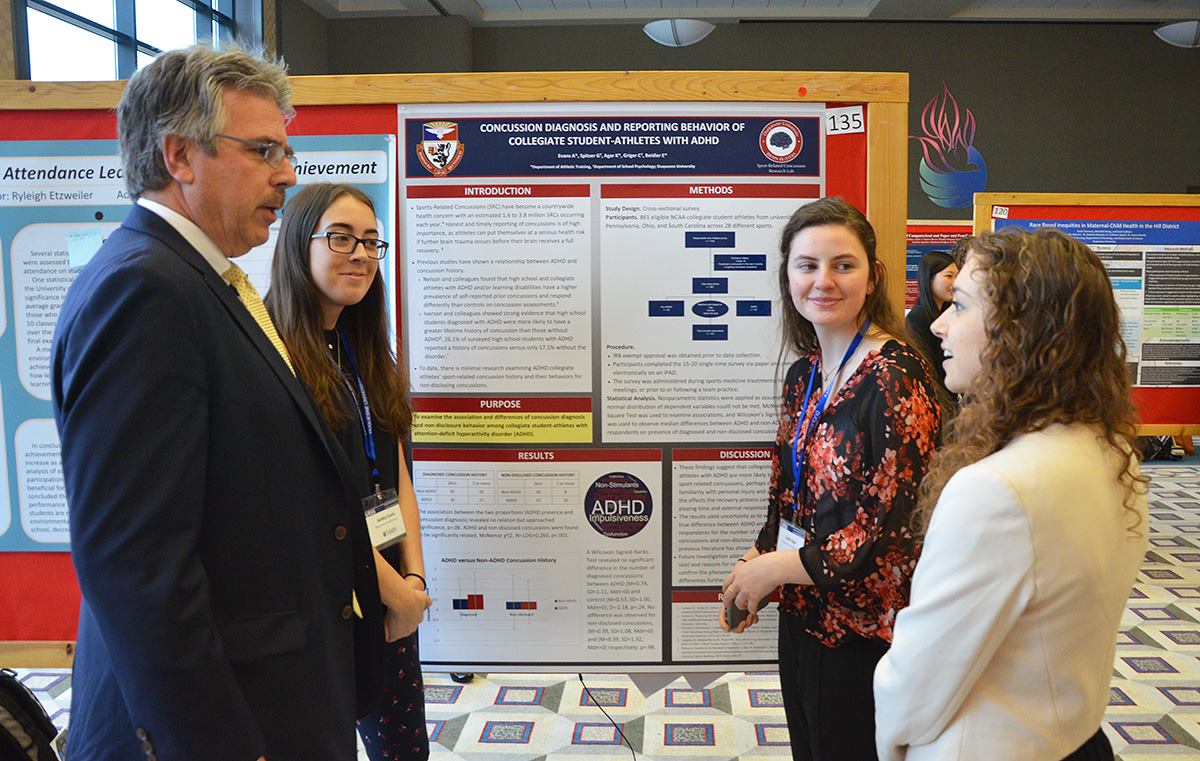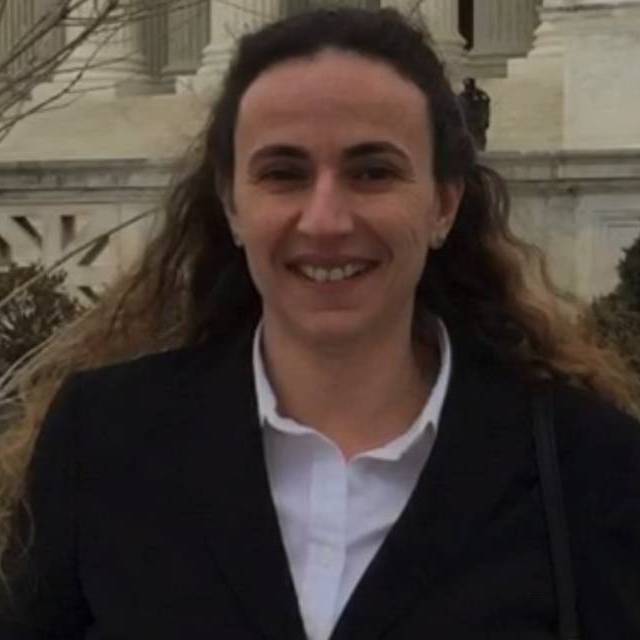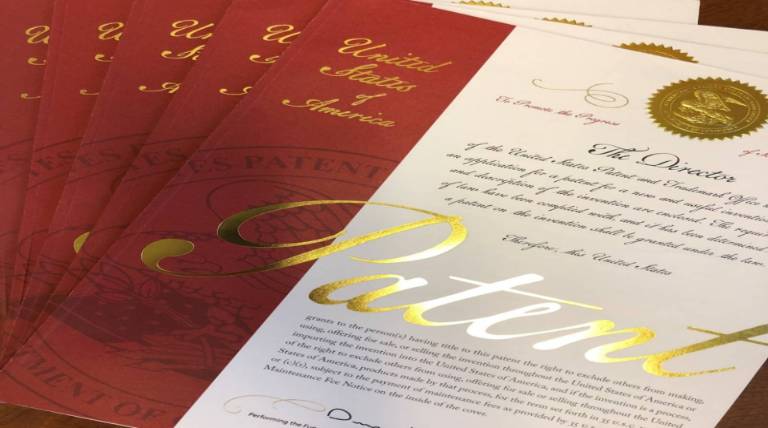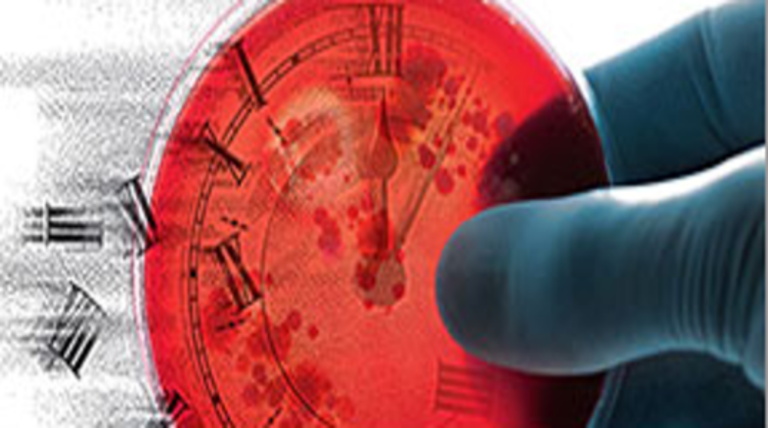Innovation and Creation in Action!
Whatever your creativity or research ambitions, we have the breadth and depth to make the most of them. We want you to become the kind of problem-solver who always thinks bigger and whose ingenuity is driven by compassion and empathy.We feel fortunate to be entrusted with your goals and we want to encourage and nurture Duquesne faculty, staff and students' innovative thinking and entrepreneurship spirit.
We are dedicated to help anyone seeking to make a difference in society by pursuing their innovations and creations.
If you have an idea, creation or innovation, please fill out the form and email it
to healeye@duq.edu
If you wish to discuss your innovations or creations and explore intellectual
property and technology transfer opportunities
There are 4 types of intellectual property rights:Do you have a creation or innovation
Investing in innovators and creators
By investing in innovators and creators, our goal is to extend the University's impact
on the future of academic research and education by fostering academic collaborations
and relationships with industry and community partners.
These collaborations and relationships have led to and can further generate many beneficial
real-world technologies including treatments for cancer and infectious diseases, vaccines,
cyber security, forensic science, and environmental applications.
The development of research innovation, creative works, and other forms of intellectual
property into successful products or commercial uses can be achieved through intellectual
property protection and technology transfer.

Intellectual Property
Technology Transfer
Generally, innovation developed at the University may fall into two categories: a well-developed technology close to being useable by an established industry or a very new technology outside of what is commonly found in the marketplace. In the case of the former, this type of technology may thrive when developed further by existing companies. The pursuit of licensing options with those established companies would be advantageous in this case. In the case of the latter, the risk and demands related to developing the technology may be too much for an established company, and an exclusive license to a new start-up company would be a strategic alternative.
We will start marketing the University innovation once the patent application has been filed with the Patent and Trademark Office, as this will allow a proper evaluation of the commercial potential of the associated intellectual property. At this stage, we can provide interested companies with publications or marketing packages describing the technology. We will also regularly invite each innovator or creator to review the technology and describe any developments that may affect the technology value and marketability. In cases where the technology is especially cutting-edge or in its early developmental phase, an extended timetable will be considered to fully evaluate the commercial potential and value of the invention.
Contact Us
If you wish to explore technology transfer opportunities or if you have any questions about the patentability of your research or about copyrights, trademarks, or trade secret issues, please contact us
Elisabeth Healey, PhD, JD







